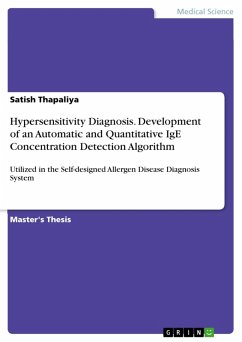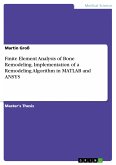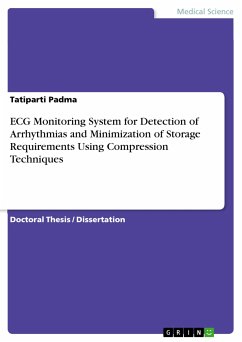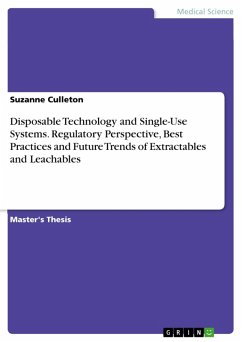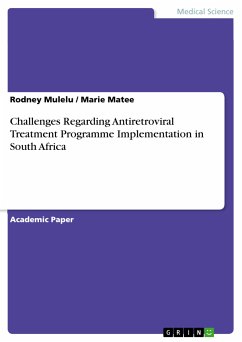Master's Thesis from the year 2014 in the subject Medicine - Biomedical Engineering, Peking University, language: English, abstract: Allergic diseases are seen to affect a large number of people around the world every year. The proper diagnosis of allergic disease is an important factor to maintain the good health condition of a general population. Although there are several techniques available for the diagnosis of allergic disease, most of the methods fail to cover all of the criteria to make it acceptable. This study introduces general methods of allergy diagnosis which are in practice in current scenario and different image processing techniques that can be incorporated into it to make the process even easier. In this study ELISA technique is proposed to fulfill all the basic criteria like sensitivity, accuracy and most importantly cost effectiveness. ELISA is an immunoassay that involves the detection of Immunoglobulin type E commonly referred as IgE. An enzyme linked anti-human globulin is made to react with IgE, if present in the patient's serum which will produce the colored product when the substrate of the enzyme is added. Depending upon the concentration of the colored product, the concentration of IgE is determined. The experiment condition like wet condition and plastic container can significantly change the detected color of the allergen card and hence the result value. This proves that the system environment indeed affects calculated IgE concentration. In order to reduce this negative effect, we need to find an effective image feature which is little influenced by system environment. The content of this study mainly focuses on different color models of the color images that can be used in image processing technology which are further utilized to define its relationship with IgE concentration or the severity of the disease. Involving the features of both binary and color image models it gives the better comparison of the different image features in different color models. These image features ware tested and result curves were produced that describes the relationship between IgE concentration and image feature. Based on the experimental findings the new diagnostic image feature was introduced. The experiments were done to test the accuracy of the proposed diagnostic image feature which is cheap, sensitive and can detect the IgE concentration quantitatively.
Dieser Download kann aus rechtlichen Gründen nur mit Rechnungsadresse in A, B, BG, CY, CZ, D, DK, EW, E, FIN, F, GR, HR, H, IRL, I, LT, L, LR, M, NL, PL, P, R, S, SLO, SK ausgeliefert werden.

